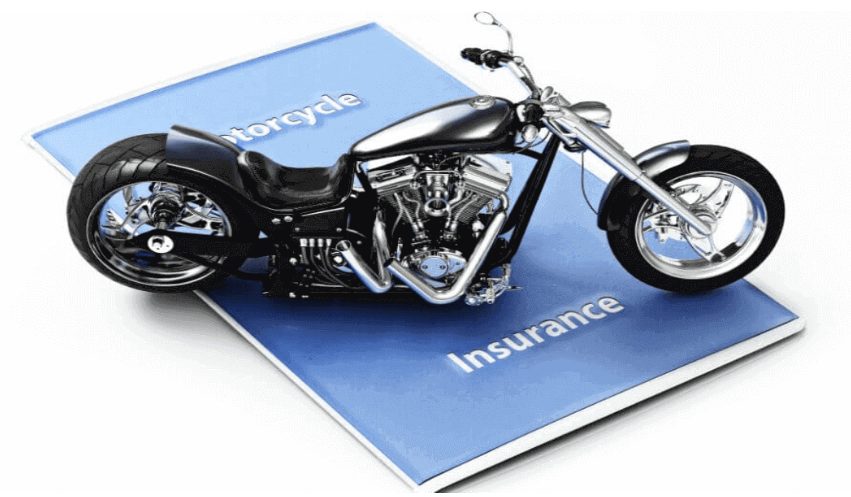If you’re a fashion apparel brand, you neaed to have the right marketing mix to advertise your latest products. One component of any marketing strategy is email marketing. In this blog, we will discuss how to use email marketing to your advantage and take your fashion brand to the moon.
Most marketers and business owners think email marketing has become obsolete and doesn’t work anymore. However, that’s far from true. It’s still one of the most effective forms of digital marketing if used correctly. Email marketing is not just about sending catchy emails about your latest and hot products to potential customers. Things like timing, visuals, and market segmentation are some of the aspects that usually go neglected.
If this is the first time you’re running an email campaign, it’s better to use an email marketing platform like PosterMyWall. Having said that, here are the top fashion email marketing strategies you need to consider to ramp up your business.

Structure and visuals
Making your email catchy for the audience is the first step. For that, you need to have a structure in mind for your email. This entails deciding the basic layout of your email. Normally, marketers make the mistake of flooding their emails with words. This is one thing you should steer clear of — no one wants to wade through a wall of text. Instead, make use of catchy visuals to grab the reader’s attention.
I highly recommend you have a look at these customizable email templates as they have the right ratio of text to visuals, and it’ll save you time to use a pre-built template on an online graphic design tool like PosterMyWall than creating one from scratch. Don’t forget to use original photos of the products you want to advertise via email marketing.
Market segmentation is a must
Sending the same “perfect” email to your entire subscriber list is a bad idea, and many marketers don’t understand why. Every business (no matter the industry) has different sub-segments in its target audience. If you’re a fashion apparel brand, you likely have different products popular among different age groups, from Gen-Z customers to millennials to baby boomers.
As a result, you can’t send the same email to every segment of your target audience. That’s why segmenting your audience is so important to get the best results out of your email campaign. To do that, you must craft an email for each audience segment. If you’re sending an email to Gen-Z customers, focus on trendy items and pay attention to how you word your emails.
A catchy subject line makes all the difference
Apart from having the perfect email, it’s crucial to have an ideal subject line. A subject line prompts your readers to open your email, which isn’t an easy feat. Think about it — how many times have you received a sales email and opened it instead of tossing it into the trash folder without opening it?
Sending a sales email is like shooting at the bullseye from miles apart, and a strong subject line is key to doing that. Think from the customer’s perspective. Why should they open your email? Give them an incentive in your subject line. If you’re running a limited-time discount, you could say something like “Get your favorite jackets for up to 50% off these winters.”
Another way to compel readers to open your emails is by bringing up customer pain points and hinting that you have the perfect solution for them. After all, purchase decisions are largely driven by emotions, and invoking a customer’s frustration about something is the best way to gain their attention.
Follow the 80-20 rule
Most business owners wrongly assume that sending emails is all about highlighting and advertising your hot products. Again, think from the customer’s perspective. Would you like a company coaxing you to buy its products?
The 80-20 rule states that 80% of your email should be about addressing or talking about a customer’s problem, and only 20% of it should be about actively advertising yourself. Again, this means you should mainly talk about customer pain points and discuss how to solve them.
Doing this would make a customer think you’re genuinely invested in them and would be more likely to trust you. Only once you’ve built that trust can you introduce your products in the context of how they can solve your customers’ pain points. Again, this should only comprise 20% of your email’s content.
CTAs drive sales
An email without a call-to-action (CTA) is a dead email. As the name implies, a CTA instructs the audience on how to get a discount, participate in a lucky draw, or sign up for your newsletter. Even if you just want to inform them of a new product for sale or a limited-time sale, you should use strong CTAs like “Get your favorite winter wear for X% off now!”
Don’t forget to add a hyperlink to your website’s discount landing page. The purpose of a CTA is to make it easier for the customer to buy from you. Instead of having them navigate your website and product catalog, why not bring the catalog to them? It increases the chances of making sales.
Last piece of advice
While the above email marketing strategies work like a charm for fashion apparel brands, it’s important to understand that every fashion brand is different. You may have a different product catalog and target audience(s) than even your closest competitor. Therefore, there’s no one-size-fits-all approach that would apply to every brand.
Lastly, it’s crucial to optimize your emails for mobiles. Many marketers forget to do this and then wonder why their campaigns weren’t successful. Most people view emails on their phones nowadays. So, when you insert graphics, banners, and other visuals while creating your personalized email, they might not appear the same way on a mobile as on a desktop. Using a pre-built template designed for phones and tablets is the best and easiest way of overcoming this problem.








